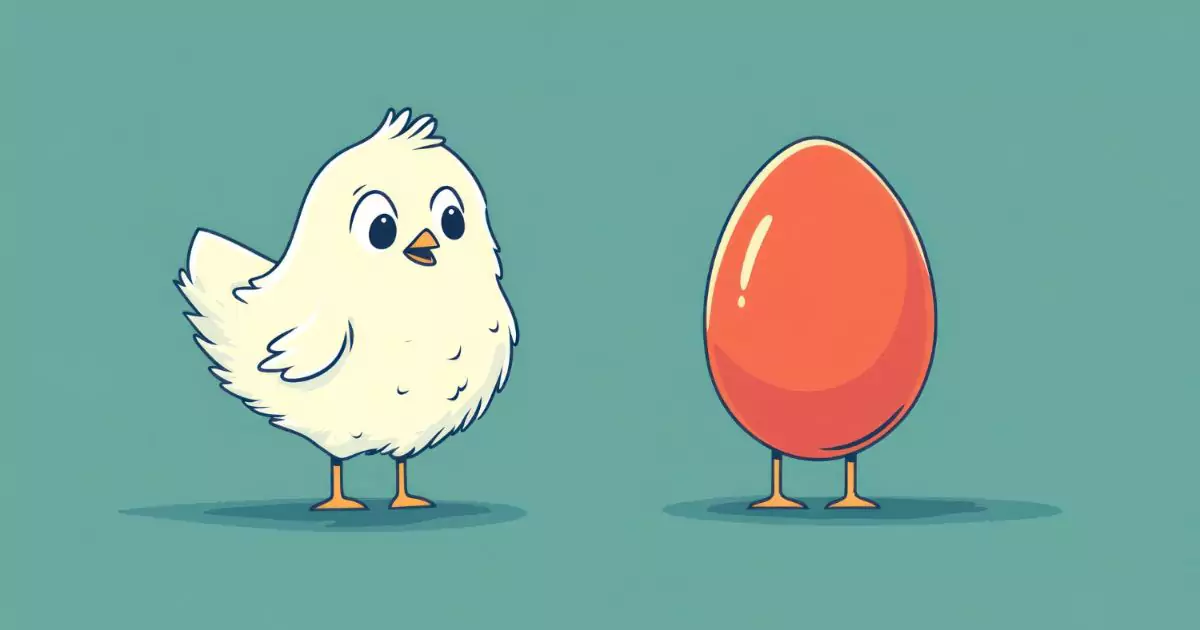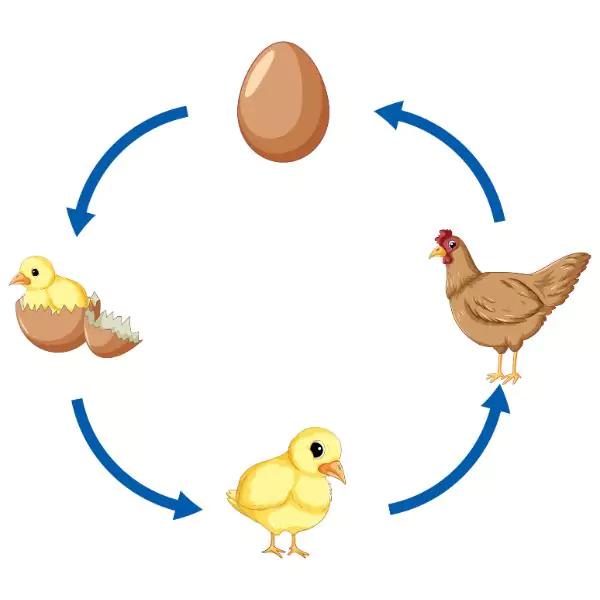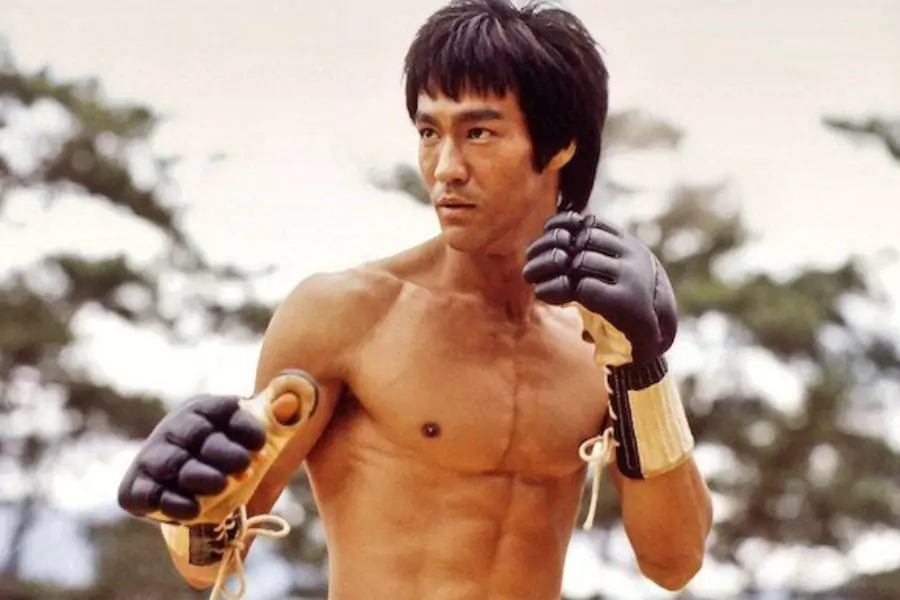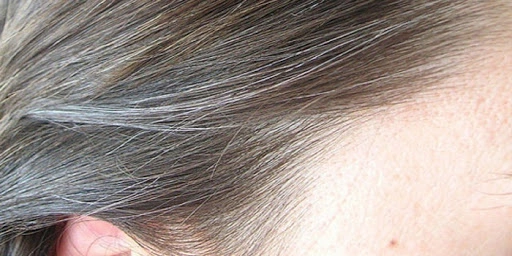
It’s a question that has baffled minds for centuries: Did the chicken or the egg come first? After endless debates and theories, it seems scientists may have finally cracked the case. The answer? Well, it’s not as simple as we thought.
Chicken or Egg?
Before we had the weight of taxes, bills, and life decisions on our minds, we often pondered the lighter questions. One of the biggest head-scratchers was, of course, the age-old question: What came first—the chicken or the egg?
To settle the matter once and for all, a team of researchers from the University of Bristol’s School of Earth Sciences decided to dive deep into the history of chickens and their ancestors. And what they found is a new twist to this classic conundrum.
The Egg vs. Chicken Argument: Dinosaurs and Evolution
Some argue that eggs came first, laid by the ancient dinosaur ancestors of today’s chickens. Others believe that the first chicken popped out of nowhere and laid the first egg. So, which is it?
In a study published in Nature Ecology & Evolution, scientists took a closer look at 51 fossil species and 29 living species. They split the creatures into two categories: oviparous (animals that lay eggs) and viviparous (animals that give birth to live young, like humans).
The research suggests that the earliest reptilian ancestors of chickens were actually viviparous—they gave birth to live young rather than laying eggs. This fascinating discovery challenges the idea that eggs have always been around.
A Safer Bet in Ancient Times?
The study highlights an important evolutionary shift. It turns out that ancient animals, like the early relatives of chickens, retained their embryos longer, giving birth to live young instead of laying eggs. This strategy likely offered better protection for the young, making live birth safer than laying eggs in those early days.
Professor Michael Benton from the University of Bristol explained that before the evolution of amniotes—animals that lay eggs with tough shells—early tetrapods, or four-legged animals, had to live near water. Much like modern amphibians such as frogs and salamanders, these animals needed a watery environment to breed.
But when amniotes appeared around 320 million years ago, they broke free from their watery origins. With the development of waterproof skin and other adaptations, amniotes could move away from water. The amniotic egg, with its hard shell, was a game-changer in allowing these creatures to thrive on land.
Redefining the “Reptile Egg” Model
The discovery has also shaken up what we thought we knew about reptiles and their eggs. “Our research, along with others, has consigned the classic ‘reptile egg’ model to the wastebasket,” said Professor Benton.
Project leader Professor Baoyu Jiang added that many modern lizards and snakes have flexible reproductive strategies. Some species alternate between laying eggs and giving birth to live young. This flexibility shows that live-bearing animals can shift back to laying eggs more easily than scientists once thought.
So, Which Came First?
So, what’s the verdict? According to this new research, it seems like live birth—not egg-laying—came first in the evolutionary line leading to chickens. While the debate may not be completely settled, scientists now suggest that the chicken may have come before the egg, or at least its distant ancestor did.

This groundbreaking study has given us new insights into the evolution of reproductive strategies in ancient animals, adding an exciting twist to the classic chicken-or-egg debate.
What Do You Think?
With scientists offering this new perspective, the question might finally be cracked—or at least chipped. But what do you think? Did the chicken come first, or was it the egg all along? The debate may continue, but thanks to these findings, we’re one step closer to understanding the origins of one of life’s most puzzling questions.

























































































































